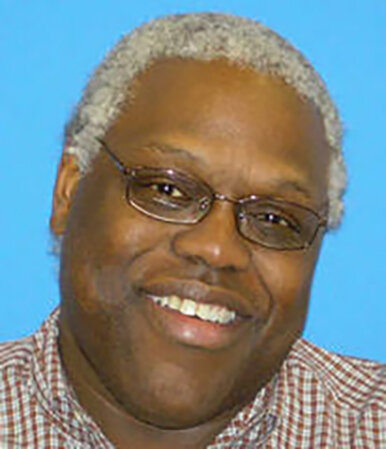Twelve Steps to Normal
Review by Janae Iloreta
The inner strength we all need in Twelve Steps to Normal
Trust. It’s an important core value for healthy relationships, and defined by Merriam-Webster Dictionary as the “assured reliance on the character, ability, strength, or truth of someone or something.” According to 2007’s Do It Now Foundation’s Children of Alcoholics: Getting Past the Games Addicted Parents Play,it’s a value many children of alcoholic parents have difficulty with, and one that sixteen-year-old Kira Seneca wants the most with her father in Farrah Penn’s debut YA novel, Twelve Steps to Normal.
One year ago, Kira, the daughter of a recovering alcoholic father, left her hometown Austin and everything with it—her school, friends and (now-ex) boyfriend—to live with her Aunt June in Portland while waiting for her dad to seek help in getting sober. Now, her dad has completed his latest rehab treatment and Kira is forced to move back home with him right before she begins her junior year of high school.
As she settles back in town, Kira attempts to bring things back to how they used to be the last time she was in Austin. Using one of her dad’s past methods to recovery, the “Twelve-Step Program,” she creates a list of her own. Throughout trying to: 1. Forgive Dad, 2. Learn how to be a family without Grams, and fulfill eight other steps in recreating her old, normal life, Kira ends up realizing her goals have changed; that there is no such thing as “normal,” and that’s OK.
Told through a first-person narrative, Twelve Steps to Normalnot only resonates with children of parents suffering from alcoholism, but with any teen who has ever wanted a fresh start in life. In the author’s note, Penn mentions she grew up with an alcoholic father like Kira’s character as well, but “didn’t want to explore the negative aspects of [the] horrible addiction, [which is] hard to relive in any context.” Instead, Penn “[chooses] to focus not only on Kira’s journey, but on the hopefulness of her father’s recovery,” and on the small ways the its influence affects the life of a teenager coping with an alcoholic parent.
Kira’s character comes off as mildy bothersome when the story begins, with her desperation to conform to high school society and the way she occasionally behaves querulously with the people in her life. It’s clear that Penn’s portrayal of the immature aspects of a young adult’s mind isn’t included to simply “fit in” for a young adult novel, but is incorporated for a reason. Penn shapes Kira’s character to react and grow in a way any human possibly would during this time of their adolescent life, given similar circumstances—angry and frustrated.
The novel’s characters serve as important role models for others with similar familial struggles. They allow readers to recognize flaws as a natural part of being human, and are not something to be ashamed of or avoided. Readers come to understand that flaws—from Kira’s father, her friends and even her own self—can be seen as a tool to learn how to love unconditionally and handle life in a stronger and more mature way.
Not only does Twelve Steps to Normalbring the uplifting spirit readers look forward to, but also exhibits the normalcy in characters of color, as the race and ethnicity of Kira’s friends—Asian, Black, and Mexican—are not conspicuously introduced. Instead, her friends are simply described through the actions and voice of any other teenager we see today: as Kira’s friends who all support each other’s struggles. Twelve Steps to Normalsucceeds in illustrating the optimism and strength others may pull from complex situations. Readers will walk away with the courage to fight through uncomfortable but necessary changes in life. They’ll understand the importance of acceptance and forgiveness in order to thrive and move forward.
Publisher: Jimmy Patterson, 2018
ISBN: 978-0316471602
384 Pages
Facebook: @AuthorFarrahPenn
Twitter: @FarrahPenn
Instagram: @farrahpenn





